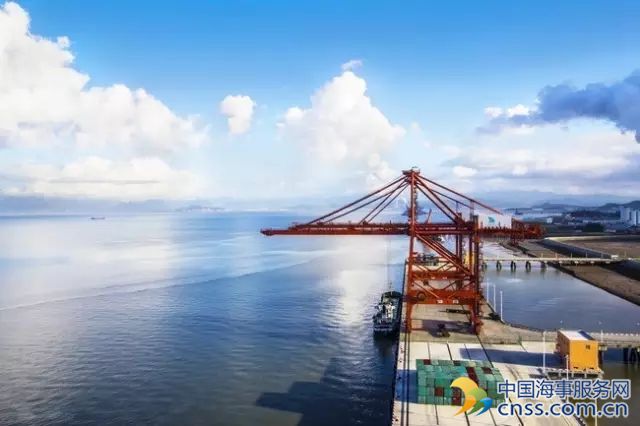Russia to boost Urals exports in first half despite cutting oil output with OPEC

Russia is set to post higher exports of Urals crude for the first half of this year despite cutting oil production ahead of schedule under a deal with OPEC aimed at boosting prices.
After OPEC and non-OPEC producers agreed in early December to curtail oil output jointly, market expectations of lower supplies from Russia led to a rise in Baltic Urals prices at the start of the year to their highest in 15 years.
But in late January, Urals differentials embarked on a downward trend as traders saw clearly that Moscow, seeking to plug a hole in its budget, had no plan to cut exports that month or in February.
And if experience serves as a guide, Russia is likely to continue raising exports through spring as maintenance at its refineries peaks in April-May.
Under the arrangement with the Organization of the Petroleum Exporting Countries aimed at easing a global glut, Russia committed to reduce output by 300,000 barrels per day (bpd) in the first half of 2017.
But Russian Energy Minister Alexander Novak has said it is critically important for Moscow to cut production, not exports.
Russia said it cut production in January by around 110,000 bpd from the previous month and by 130,000 bpd from October’s level, a starting point for the reduction agreed with OPEC.
Meanwhile, Russian oil companies increased export supplies via Transneft’s pipeline system by 189,000 bpd in January from a year earlier and by 114,000 bpd from December’s level, according to data compiled by the Energy Ministry.
The size of Urals and Siberian Light crude exports from Russian ports to the European market, which is very sensitive to any supply changes, is the most vivid example.
Sea exports of Urals and Siberian Light are set to total 2.3 million bpd in February, up 6 percent from the previous month and a year earlier, Reuters calculations based on the loading plan showed.
“It is the second month in a row in which we expect Urals supplies to fall. There was even a bit of panicking in January, prices rocketed, but … I don’t feel like we are heading towards deficit,” a trader with a European company told Reuters.
A source with a Russian oil company added: “There are plenty of resources everywhere.”
SHIPMENTS FLOURISH
Exports and transit of Russian oil will rise 5 percent in January-March this year from October-December 2016, according to a quarterly export schedule dated December last year and seen by Reuters.
The increase in Russia’s oil exports has left many traders wondering where Moscow is getting the extra barrels amid the announced output cut.
“(Russia) is reducing (oil) production ahead of schedule but exports are rising ahead of schedule too. I don’t quite understand how it is possible,” a source in the Russian oil market said.
Despite the ahead-of-schedule output cut in January, Russian crude production actually rose on a year-on-year basis – by 0.8 million tonnes to 46,992 million tonnes.
The maximum production level set by the OPEC agreement – 10.93 million bpd – is 57,000 bpd higher than Russia’s average output in the first half of 2016, Energy Ministry data shows.
Oil demand from Russian refineries has fallen for three years in a row, possibly helping to fuel the rise in exports.
Russian oil refineries lowered refining by 3.5 million tonnes in 2016. This year, refining will fall by another 7 million tonnes to 270 million tonnes, the ministry forecasts.
Source: Reuters (Writing by Tatiana Vodyanina; Editing by Dale Hudson)
HEADLINES
- Do shipping markets want Biden or Trump for the win?
- All 18 crew safe after fire on Japanese-owned tanker off Singapore
- Singapore launching $44m co-investment initiative for maritime tech start-ups
- Cosco debuts Global Shipping Industry Chain Cooperation Initiative
- US warns of more shipping sanctions
- China continues seaport consolidation as Dalian offer goes unconditional